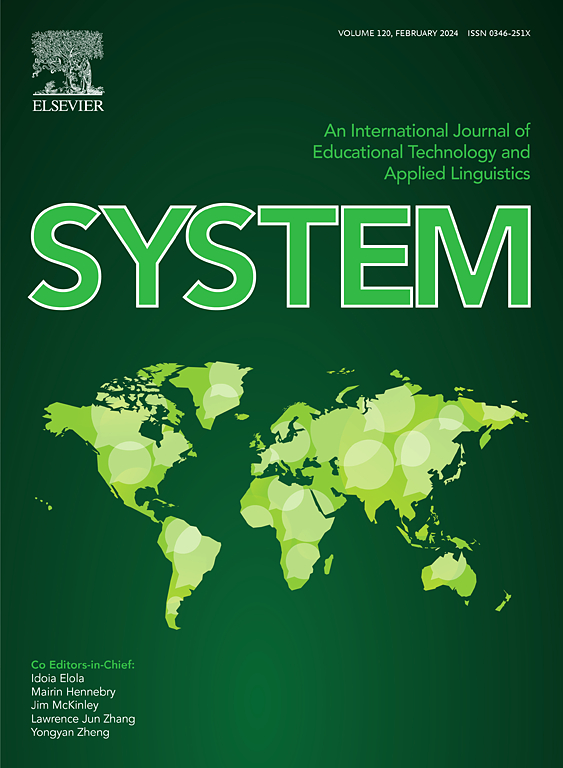Feeding rumen-protected choline during the periconceptional period programs postnatal phenotype of suckled beef calves
IF 6.5
1区 农林科学
Q1 Agricultural and Biological Sciences
引用次数: 0
Abstract
Supplementation of choline chloride in culture medium programs the preimplantation bovine embryo to increase weaning weight of the resultant calf. Here, it was hypothesized that similar programming actions of choline can be induced by feeding rumen-protected choline (RPC) to beef cows during the periconceptional period. A preliminary experiment was conducted to determine changes in circulating concentrations of choline and its metabolites after RPC supplementation. Suckled beef cows were individually fed 0, 30, 60, and 90 g of RPC (i.e., 0, 8.6, 17.3 and 25.9 g choline chloride) and blood samples were collected at random times after feeding. There were no differences in plasma concentrations of choline or its metabolites between groups. In the second experiment, effects of feeding 60 g/d RPC from d −1 to 7 relative to timed artificial insemination were examined for suckled beef cows. Feeding RPC did not affect pregnancy or calving rates, pregnancy losses, plasma concentrations of pregnancy-associated glycoproteins, gestation length or calf birth weight. Calves from RPC fed dams were lighter than control calves at ~118 days of age (range 75–150; age included in the statistical model) and at weaning at ~248 days of age. There was no effect of treatment on hip height at ~118 days of age although there was a trend for RPC calves to be shorter at weaning. Weight/height ratio was lower for RPC than control at both 118 and 248 days of age. Treatment did not affect testis weight at ~118 days of age. Supplementation of RPC during the periconceptional period programmed development to alter calf phenotype in the postnatal period. The net result, reduced body weight, was the opposite of the phenotype caused by the addition of choline to embryo culture medium.围孕期饲喂瘤胃保护胆碱对哺乳犊牛产后表型的影响
在培养基中添加氯化胆碱对着床前的牛胚胎进行编程,以增加犊牛断奶体重。本研究假设围孕期饲喂保护瘤胃胆碱(RPC)可以诱导类似的胆碱编程行为。初步实验确定了在补充RPC后循环胆碱及其代谢物浓度的变化。分别饲喂0、30、60和90 g RPC(分别为0、8.6、17.3和25.9 g氯化胆碱),饲喂后随机采集血液样本。各组间血浆胆碱及其代谢物浓度无差异。第二项试验研究了在第1 ~ 7天饲喂60 g/d RPC对哺乳肉牛人工授精的影响。饲喂RPC不影响妊娠率或产犊率、妊娠损失、妊娠相关糖蛋白的血浆浓度、妊娠期长度或小牛出生体重。RPC喂养的犊牛在~118日龄(75 ~ 150日龄)较对照犊牛轻;年龄包括在统计模型中)和~248日龄断奶时。治疗对~118日龄的臀高没有影响,尽管RPC犊牛在断奶时有变短的趋势。118日龄和248日龄RPC的体高比均低于对照组。治疗对~118日龄的睾丸重量没有影响。在妊娠期补充RPC可以改变产后小牛的表型。最终结果是体重减轻,这与在胚培养基中添加胆碱所引起的表型相反。
本文章由计算机程序翻译,如有差异,请以英文原文为准。
求助全文
约1分钟内获得全文
求助全文
来源期刊

Journal of Animal Science and Biotechnology
AGRICULTURE, DAIRY & ANIMAL SCIENCE-
CiteScore
9.90
自引率
2.90%
发文量
822
审稿时长
17 weeks
期刊介绍:
Journal of Animal Science and Biotechnology is an open access, peer-reviewed journal that encompasses all aspects of animal science and biotechnology. That includes domestic animal production, animal genetics and breeding, animal reproduction and physiology, animal nutrition and biochemistry, feed processing technology and bioevaluation, animal biotechnology, and meat science.
 求助内容:
求助内容: 应助结果提醒方式:
应助结果提醒方式:


